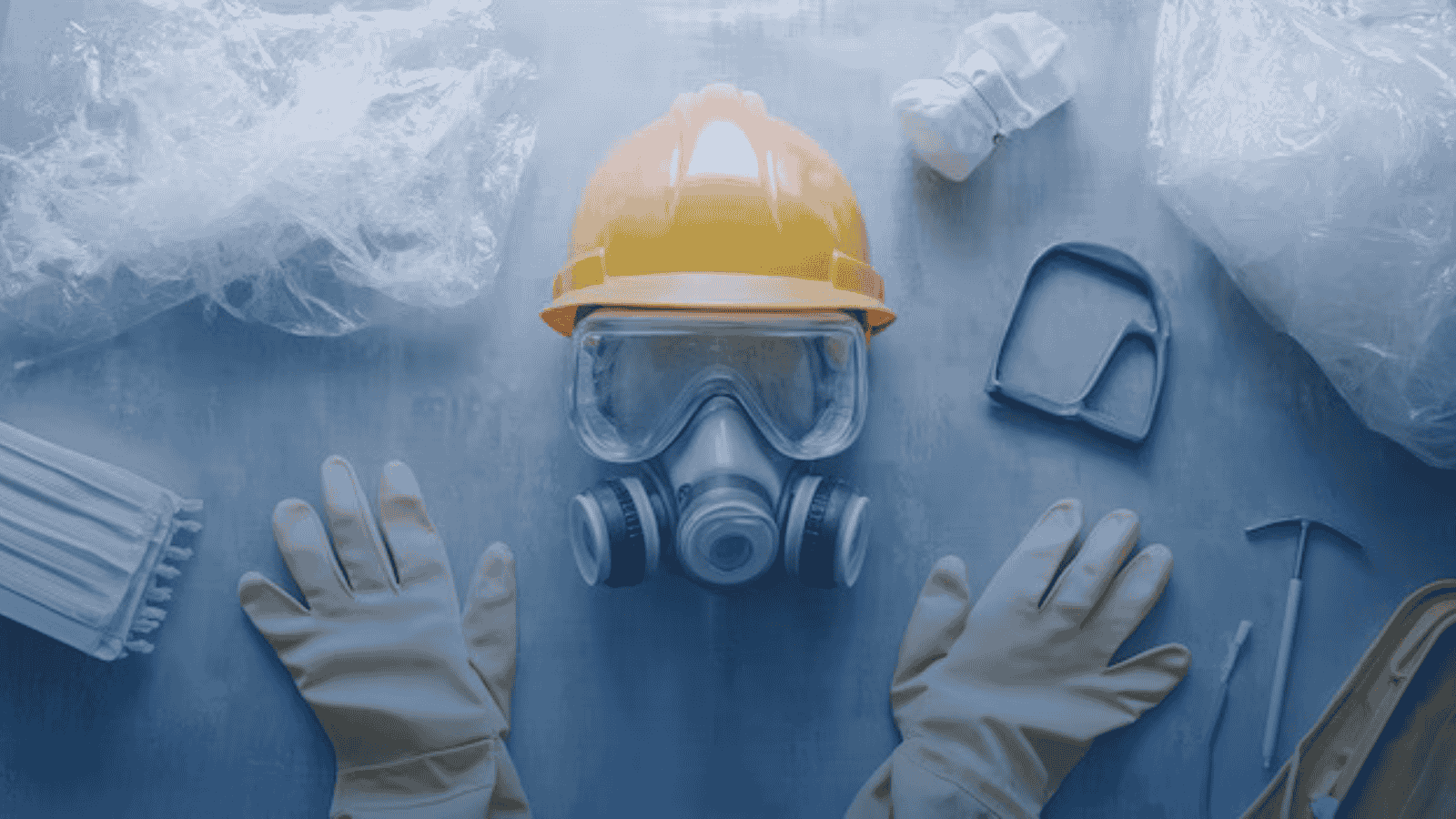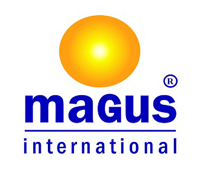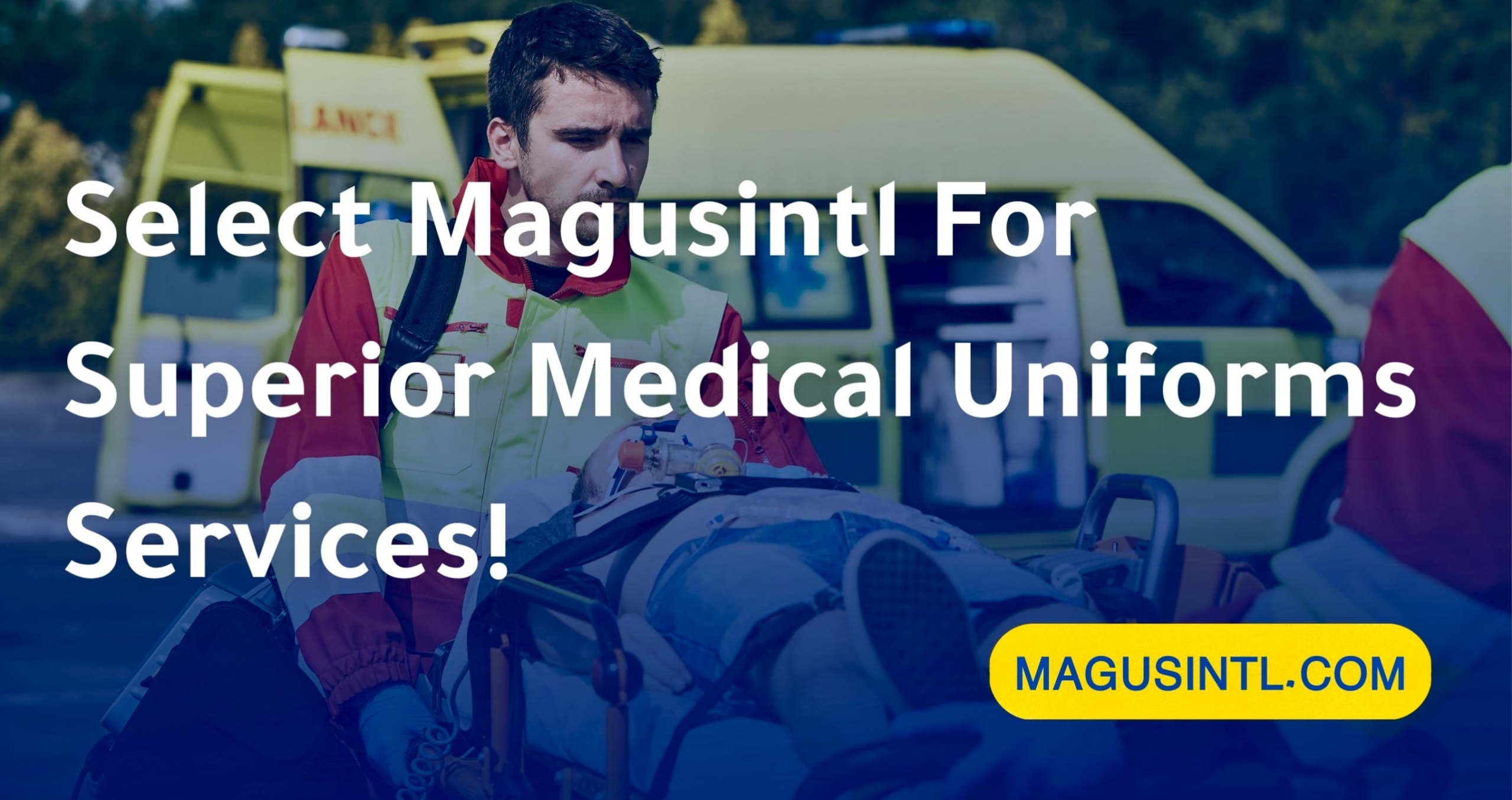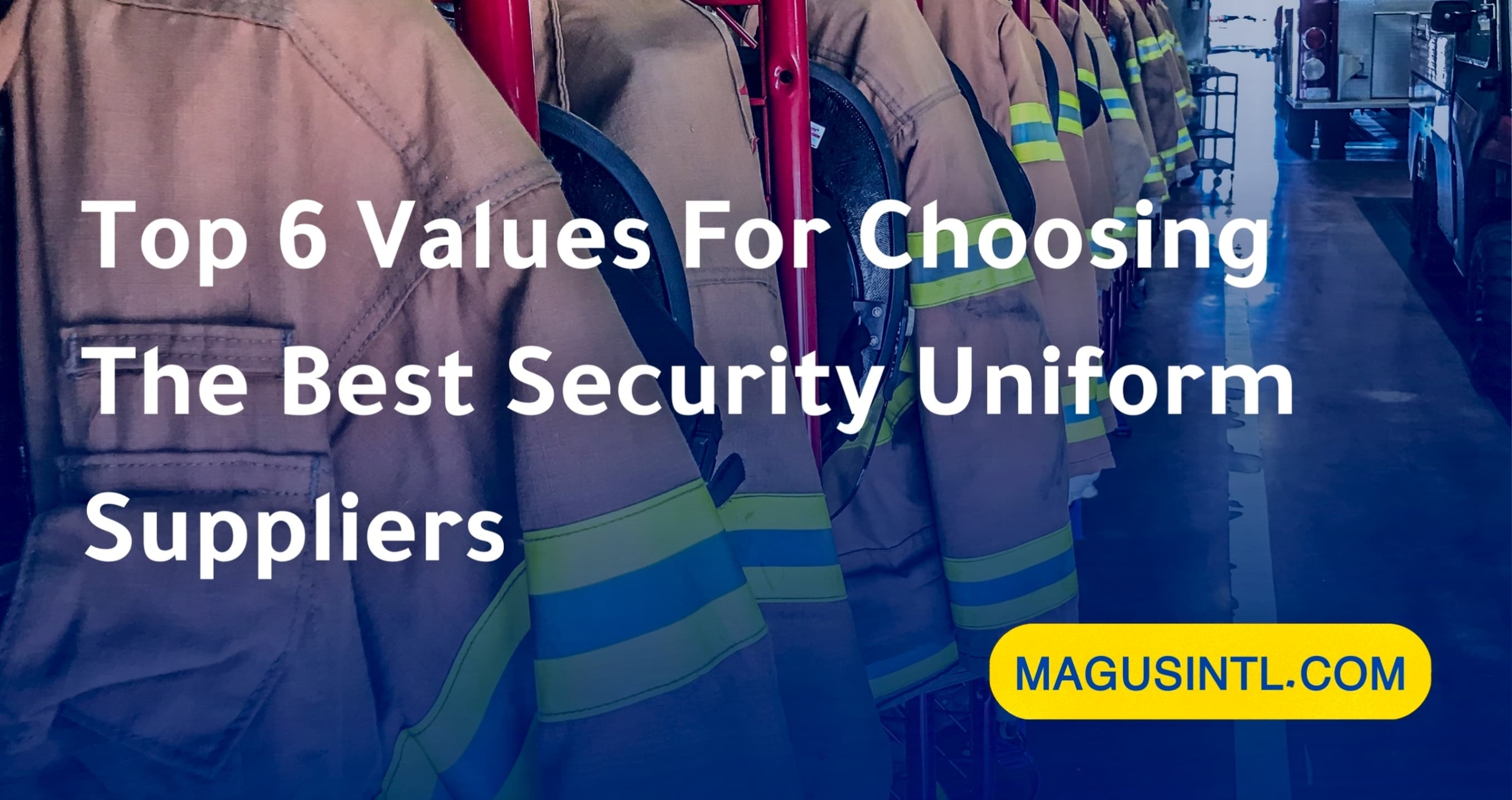Comprehensive Guide to Personal Protective Equipment (PPE)
Personal protective equipment, or PPE, is equipment worn to reduce exposure to hazards that can lead to serious illness and injury at work. Exposure to physical, electrical, mechanical, chemical, radiation, or other occupational hazards can cause these illnesses and injuries. Gloves, goggles, footwear, hearing protection, earplugs, hard hats, respirators, overalls, jackets, and full-body suits are examples of PPE and wear.
The ensurance of personal protective equipment
OSHA has specific regulations for general industry and construction that cover personal protective equipment. Many categories of PPE must either satisfy or be equivalent to standards created by the American National Standards Institute (ANSI) for the purpose of being compliant with the rules set forth by OSHA. The OSHA regulations and publications pertaining to personal safety gear are highlighted in this area.
Every piece of personal protective equipment should be created effectively and safely, and it should be regularly and carefully maintained. An improper fit for PPE can mean the difference between being dangerously exposed and safely protected. Employers must provide PPE to their workers and oversee its correct usage in cases where engineering, work practices, and administrative controls are impracticable or do not offer adequate protection.

Benefits of personal protective equipment
In addition to the direct health benefits, personal protective equipment provides many other benefits to businesses and healthcare workers. While it costs a lot of money to provide and maintain compliance, businesses also need to consider the possibility that a single catastrophic incident involving an employee could result in costs that greatly exceed the annual cost of PPE in the workplace. Therefore, accident prevention is a critical cost objective to consider when evaluating the purchase of PPE.
The types of personal protective equipment
Harnesses and various types of restraints are common PPE used to prevent falls. When employees are working at elevated heights, they must wear this kind of personal safety equipment. The environment dictates how much personal fall protection equipment is needed. For instance, OSHA states that employees in general industry workplaces are not obliged to wear personal fall protection PPE at the same height as construction workers.
● Body Protection Equipment
Protective gear for the body may consist of gloves, shoes, and specific clothes. The kind of materials used to make this equipment dictates the degree of protection it provides. For example, clothes intended to withstand fire are made with special attention to be less combustible, offering workers in the chemical sector an additional degree of safety. Workers in numerous industries wear steel toe boots, which are made to protect toes from compression and falling objects. The hazards that exist in a workplace determine the appropriate amount of protection. In contrast, in some applications, workers and end users may merely need to wear nitrile gloves to protect themselves from diseases.
● Eye Protection Equipment
Eye protection equipment (PPE) is utilized to protect workers’ eyes from burns, splashes, radiation, and foreign objects. The hazards in the immediate area determine which type of eye protection is required. People who mow the lawn, for instance, might put on safety glasses to safeguard their vision from flying debris, while welders need welder shields to protect their eyes from burns. The most common PPE types intended to shield eyes are presented below.
To help protect workers from a range of elements, each of these types is available in multiple models. To offer an extra degree of protection, certain safety glasses, for instance, have side shields attached. There are two types of face shields: the welding and plastic types, which offer drastically differing levels of protection. Organizations and workers must choose the type of personal protection equipment (PPE) that is appropriate for the circumstances in which they work.
● Ear Protection Equipment
The purpose of ear protection devices is to stop potential hearing damage brought on by loud noise exposure at work. The equipment for noise abatement is layered. Certain earplugs, for instance, are made to be used only once, while others are customized to fit the wearer’s ear and can be used for a set amount of time. You can also use earplugs. These create a physical barrier around the ear to provide better protection against noise exposure at work.
● Head Protection Equipment
Head protection equipment (PPE) is intended to shield employees from potential impacts, such as collisions with falling objects or objects banging against each other in small areas. Consequently, various categories of personal protective equipment have been developed to safeguard the heads of laborers. Bump caps, for instance, are low-profile and can even be baseball-style caps.
There should be two categories for a hardhat. The impact protection type is indicated in the first, and the electrical voltage protection type is indicated in the second. For instance, a hardhat with the Type 2 Class C label is made to shield its user from side or top hits, but it provides no defense against electrical currents.
● Personal Fall Protection Systems
Harnesses and various types of restraints are common PPE used to prevent falls. When employees are working at elevated heights, they must wear this kind of personal safety equipment. The environment dictates how much personal fall protection equipment is needed. For instance, OSHA states that employees in general industry workplaces are not obliged to wear personal fall protection (PPE) at the same height as construction workers.
Conclusion
At the very end, users of personal protective equipment, or PPE, are protected from potential risks or bodily harm while at work. Hard hats, earplugs or other hearing protection devices, safety glasses with side and face shields, gloves, boots, respirators, and Flame resistant Clothing to chemicals are a few examples of this type of equipment. When performing their jobs, personnel can stay safe thanks to these kinds of equipment.





There are no comments